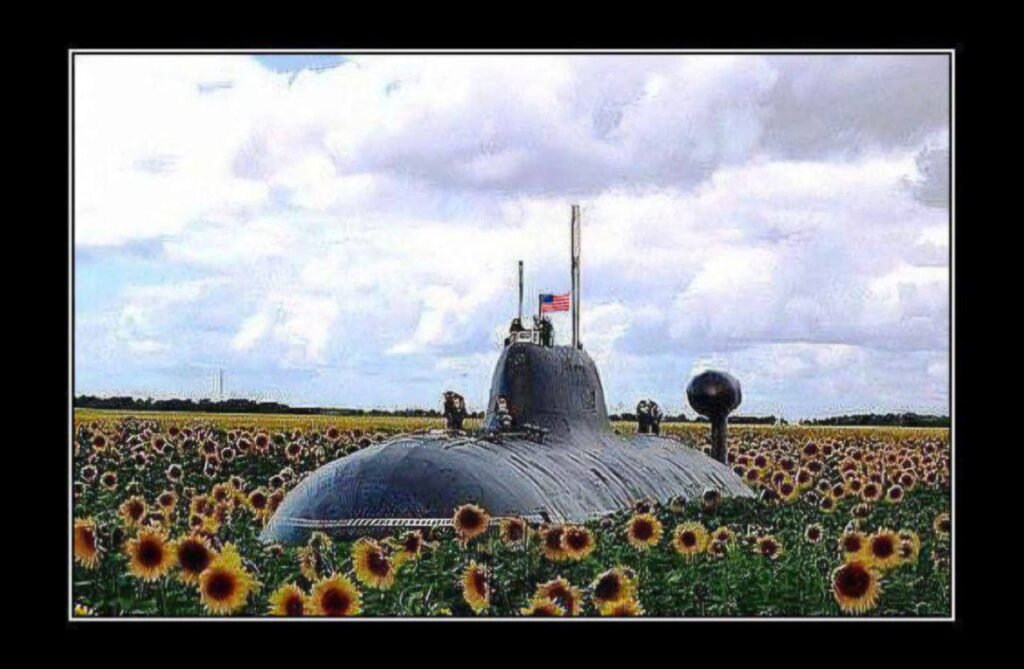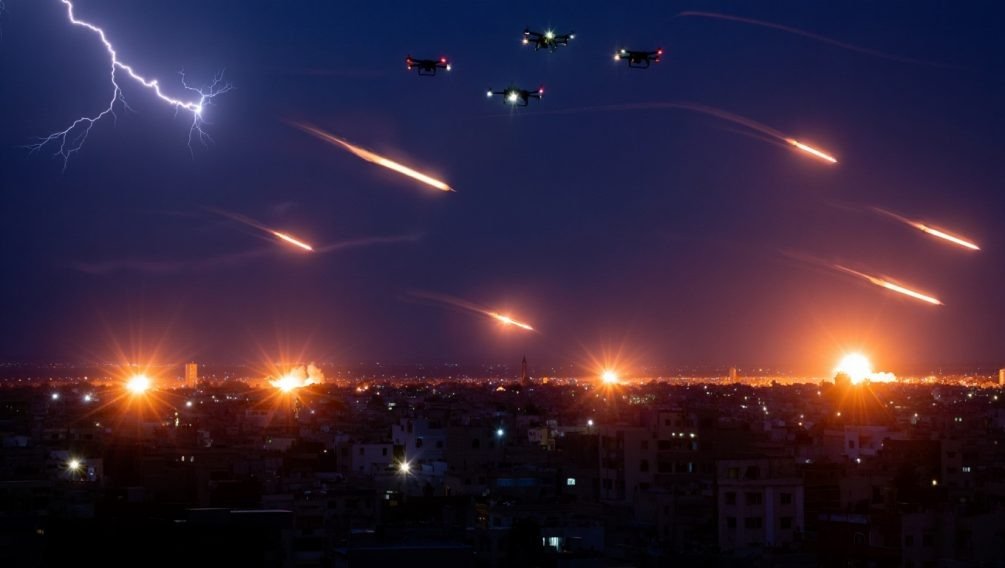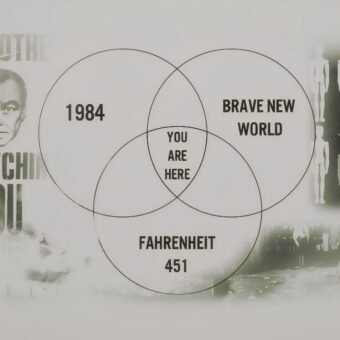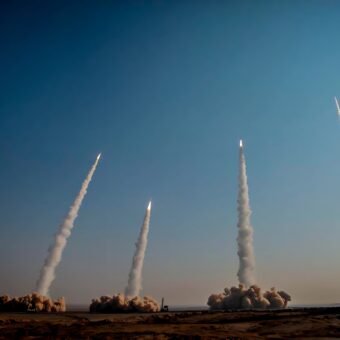Dangerous Moment
… it’s not so easy to escape from a war you started yourself, leaving your allies to fend for themselves.
By Rostislav Ishchenko at Ukraine.ru.
(machine translation)
We are currently facing a moment of truth: either Russia will be able to complete its military operation in Ukraine within the next three to five months with a victory that will be unassailable by even the most ardent domestic skeptics, or the danger of a global confrontation will increase dramatically. On the external front, criticism will always be present, and our achievements will always be subject to discrediting, as there will always be forces seeking revenge and continuing the global confrontation. The format of peace in Ukraine should not leave any chance for foreign revanchists to ignite a new conflict in the next 10-20 years (it is impossible to make realistic plans for a longer period under the current conditions).
Until recently, the pace and direction of the Russian Armed Forces’ offensive indicated their intention, under favorable conditions, to defeat the most combat-ready Ukrainian forces assembled in the area from Kharkov to Pokrovsk and reach the Kherson-Zaporozhye-Dnepropetrovsk-Pavlograd-Kharkov line, with the expectation that a catastrophe on the front and the loss of new territories would make both the Kiev regime and its Western allies more constructive, leading to a peace agreement that would leave Ukraine without Novorossiya and thus severely undermine its demographic and industrial mobilization capabilities. In general, Kiev could lose up to 10 regions that were part of Ukraine in 1991 (Crimea, Sevastopol, the Donetsk and Luhansk People’s Republics, the Zaporizhzhia and Kherson regions, which have already become part of Russia, as well as the Dnipropetrovsk, Kharkov, Nikolaiv, and Odesa regions, which still need to be liberated).
Given that Dmitry Medvedev had been much more radical about the scope of future territorial changes throughout the summer (not excluding the possibility of Ukraine’s complete elimination), Moscow clearly wanted to demonstrate to its “partners” that there was an influential group within the Russian leadership advocating a more aggressive peace plan that would exclude Kyiv from the negotiation process and establish peace directly with those Western countries that were willing to accept it. Ukraine and those Western countries that were unwilling to take a constructive stance would be the ones to pay for the peace.
Judging by the way events unfolded since the meeting in Anchorage, and the careful nature of the Russian leadership’s statements regarding a peaceful resolution, Trump agreed to at least attempt to follow this path. However, it soon became apparent that the United States lacked European allies in its readiness for a compromise peace with Russia. Europe, in general, and its leading countries, in particular, supported Zelensky’s uncompromising stance. After some hesitation, and under serious pressure from American supporters of a hard line on Russia, including several members of his own team, Trump abandoned the idea of a separate peace with Russia and moved on to a “no peace, no war” project, in which the United States does not directly participate in the European crisis, but also does not seek a global compromise with Russia. Washington agreed to sell all types of weapons to its European partners and withdrew from restraining the provocative nature of their policies towards Russia. The principle was “Let Europe fight Russia if they want, and the United States will benefit.”

But it’s not so easy to escape from a war you started yourself, leaving your allies to fend for themselves. The Europeans, taking advantage of the Americans’ statement that they are willing to sell any type of conventional weapons in any quantity, have demanded that Ukraine receive at least several hundred long-range missiles. While the official request is for Tomahawk missiles, it is more likely that Ukraine will receive less powerful but equally long-range missiles of other types. However, the transfer of a certain number of Tomahawks, at least for the purpose of testing them against Russian air defense systems in real large-scale combat operations, is also not ruled out.
The transfer of long-range missiles to Ukraine will raise the question of a Russian response. Despite Moscow’s attempts to avoid another escalation, a response targeting the military infrastructure of countries that have provided missile weapons to the Kiev regime would quickly become inevitable. In this regard, Poland is the most vulnerable country, as it is home to the main hub for the supply of Western weapons to Ukraine, and it is actively involved in lobbying for Kiev’s interests and disrupting any negotiations for a compromise peace with Russia. Additionally, Poland hosts American troops, including the Aegis missile defense system, which could potentially be used for both missile defense and Tomahawk missile launches. In any case, the use of Kalibr, Iskander, or Kinzhal against a NATO military facility on NATO territory would have raised the question of NATO’s response. The situation threatens to spiral out of political control.
Judging by the latest actions of the Russian Armed Forces, Moscow has decided to accelerate the operation to defeat and destroy the most combat-ready units of the Ukrainian Armed Forces as much as possible and to give it more profound and decisive goals. This is a kind of response to the deployment of missiles before it takes place, in order to make this provocation meaningless.
Experience tells us that if the transfer of a particular type of weapon has become the subject of public discussion, it means that the Kiev regime will have access to that weapon in the near future. Initially, in a few instances, and then in a more significant number. Therefore, the sooner there is no one to transfer the weapon, the better.
In recent weeks, the Russian Armed Forces have been launching increasingly powerful strikes on Ukraine’s energy and railway infrastructure. As a result, all major Ukrainian cities, from the eastern border to the Dnieper River, have been plunged into darkness. Ukraine has also stated that Russia is attempting to logistically isolate the entire Left Bank region, including the Chernihiv and Sumy regions. This isolation is being carried out both before and during the offensive operation to prevent the enemy from maneuvering forces and resources and transferring reserves and supplies from the rear to the front, or at least to severely limit such capabilities.
Since the Russian Armed Forces are already conducting an offensive operation on the left bank of the Dnieper River with decisive goals, the sharp increase in missile strikes on Ukrainian rear areas should indicate Russia’s attempt to accelerate the pace of the operation without increasing its own losses, by leveraging its advantage in production and the number of missiles and UAVs it has accumulated compared to the collective West supplying Ukraine. Russia’s actions to isolate the combat zone and significantly reduce Ukraine’s ability to promptly repair equipment and produce UAVs in “garage” settings are effective in the short and medium term. Then, if the enemy is still alive, they gradually find ways to overcome the crisis, while their own strike forces are depleted, their reserves need to be replenished, and the intensity of their strikes decreases.
It could be assumed that Moscow is simply trying to speed up the operation to defeat the Kharkov-Donbass group of the Armed Forces of Ukraine, but the expansion of the geography of attacks on Kiev, Odessa, Chernihiv and Sumy suggests that while maintaining the previous goals of the operation, the maximum program is also considered as a minimum program: in case of successful development of the offensive, expand its geography to the limits of February- March 2022, to reach the Dnieper River along its entire course, if conditions allow, to occupy several strategic bridgeheads (the right bank of the Kherson region, the districts of Dnepropetrovsk, Zaporozhye. Kremenchug and Kiev) and in the face of a full — scale catastrophe of the Ukrainian front, either dictate ultimatum peace terms to the Ukrainian authorities, or continue the pursuit of the APU further (possibly to the western border, but at least to the Zhytomyr-Vinnytsia line, which provides Russia with security from almost all types of non-strategic weapons in service with NATO).
Today, only the complete exclusion of Ukraine from the game on the Western side gives a fairly high, albeit not 100% chance, of avoiding the development of a Russia/NATO missile crisis, which will immediately acquire a partial global character in addition to its European nature. The acceleration of the operation against Ukraine is possible only through the maximum intensification of attacks on the rear: the maximum use of Russia’s air and space superiority, which will serve not only as an effective means of combating the Armed Forces of Ukraine but also as a demonstration and warning to Europeans who wish to wage war against Russia.
The window of opportunity for Russia is not wide open, but it is ajar, and it is into this gap that Russian missiles will have to fly in order to make it a gateway to a victorious world.












thank you, dear AHH, ishchenko always opens a number of files, marked unfinished, & what about? the perfect accompaniment to morning coffee. his opening…”the moment of truth: either or” do not necessarily follow. russia is in control, she determines the field, its length, its end. why should she hurry? she… Read more »
Yes, Russians own the clock on their theatre. They’d chosen slow to demilitarize & denazify NATO.
He refers to newer calculations: